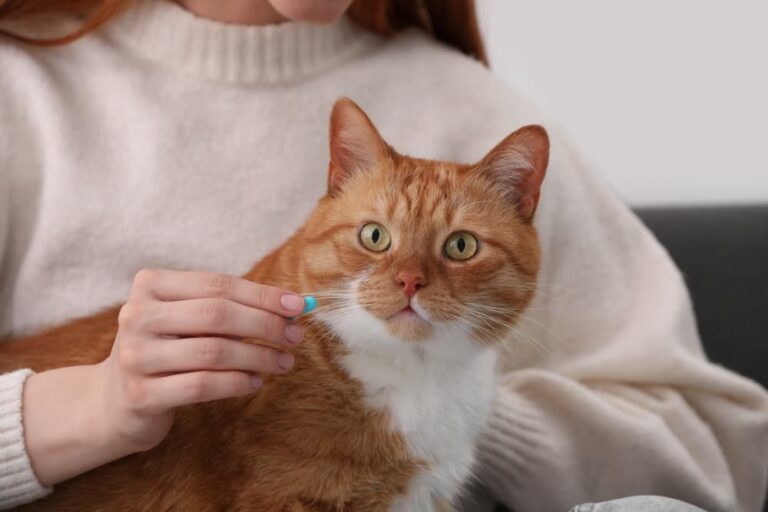The quest to alleviate ocular pruritus, commonly known as itchy eyes, often leads individuals down a labyrinthine path of over-the-counter remedies and prescriptions. Among these, one particular medication stands out, not necessarily for its name, but for its distinctive packaging – Pazeo, the allergy medication with the owl on the box. But what is it about this avian-emblazoned box that warrants such attention, and more importantly, how does it bring relief to those besieged by allergic conjunctivitis?
Pazeo, at its core, is olopatadine hydrochloride, a second-generation antihistamine formulated specifically for ophthalmic use. Its primary mechanism of action revolves around selectively antagonizing the histamine H1 receptor. This means it binds to these receptors, preventing histamine, the key mediator of allergic reactions, from attaching and triggering the cascade of events that lead to inflammation and that infernal itch.
Unlike older, first-generation antihistamines, olopatadine exhibits a higher affinity for the H1 receptor and a lower propensity to cross the blood-brain barrier. This translates to fewer systemic side effects, such as drowsiness, which are often associated with oral antihistamines. The localized application in the eye minimizes widespread effects, making it a more targeted and, therefore, safer option for managing allergic conjunctivitis.
The efficacy of Pazeo in combating ocular allergies is substantiated by a plethora of clinical trials. These studies have consistently demonstrated its ability to significantly reduce the severity of itching, redness, and tearing associated with allergic conjunctivitis. Many individuals report noticeable relief within hours of administration, allowing them to resume daily activities without the constant distraction of uncomfortable symptoms.
Let’s delve into the precise application of Pazeo. Typically, the recommended dosage is one drop in each affected eye once daily. This once-a-day regimen distinguishes it from some other antihistamine eye drops that require more frequent administration. The solution is formulated to be pH-balanced and isotonic, minimizing potential irritation upon instillation. It is, however, crucial to adhere to the instructions provided by a healthcare professional or the product label to ensure optimal therapeutic outcomes and minimize the risk of adverse reactions.
While generally well-tolerated, Pazeo, like all medications, is not entirely devoid of potential side effects. Common adverse reactions may include transient burning or stinging upon instillation, blurred vision, and dry eye. Less frequently, individuals may experience headache, rhinitis, or pharyngitis. It is imperative to consult with a physician or ophthalmologist if any persistent or severe side effects develop.
Certain patient populations require particular consideration before initiating Pazeo therapy. Individuals with pre-existing ocular conditions, such as glaucoma or dry eye syndrome, should exercise caution and discuss potential risks and benefits with their healthcare provider. Similarly, pregnant or breastfeeding women should consult with their physician to assess the safety of using Pazeo during these periods. The use of Pazeo in children under the age of two is generally not recommended due to a lack of sufficient data on its safety and efficacy in this age group.
Beyond its antihistaminic properties, olopatadine also exhibits mast cell stabilizing activity. Mast cells play a critical role in allergic reactions by releasing histamine and other inflammatory mediators. By stabilizing these cells, olopatadine helps to prevent the release of these substances, further mitigating the allergic response. This dual mechanism of action contributes to its effectiveness in controlling the symptoms of allergic conjunctivitis.
So, what makes Pazeo so well-known? Its efficacy, combined with the memorable owl icon on the packaging, has undoubtedly contributed to its widespread recognition. The owl, often associated with wisdom and perception, might subtly suggest a clarity of vision and relief from the frustrating symptoms of allergies. This clever branding helps it stand out in a crowded market of allergy medications.
In conclusion, Pazeo, the allergy medication adorned with the image of an owl, is an effective and well-tolerated option for managing allergic conjunctivitis. Its selective antihistaminic and mast cell stabilizing properties provide rapid and sustained relief from itching, redness, and tearing. While generally safe, it is essential to consult with a healthcare professional to determine its suitability and to address any potential concerns. Remember, accurate diagnosis and appropriate management of allergic conditions are crucial for maintaining optimal ocular health and overall well-being.
